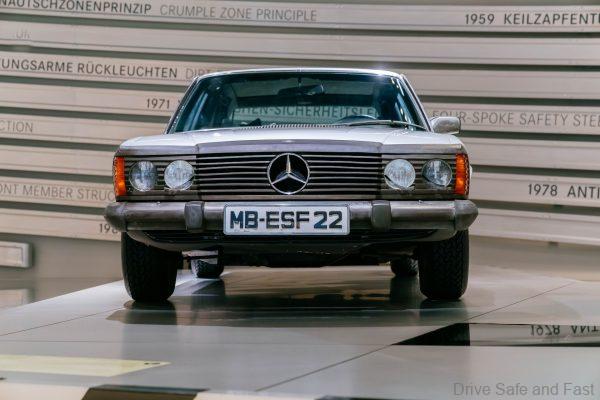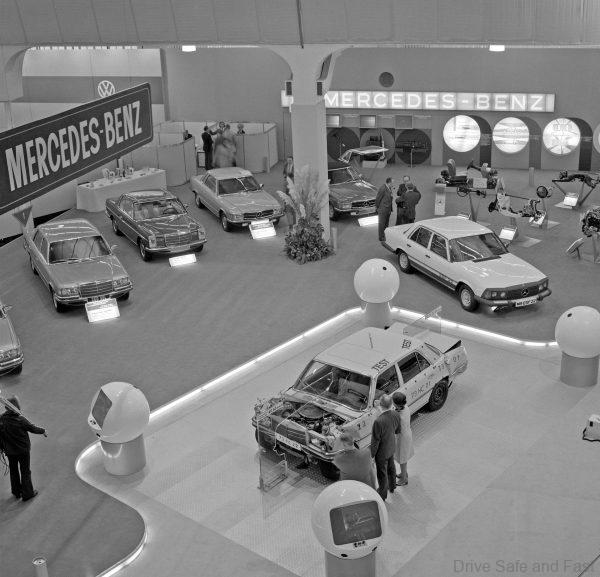Mercedes-Benz ESF 22 Shows 50 Years Of Experimental Safety
Mercedes-Benz ESF 22 shows how far the company was pushing safety standards back then.
We all know that Mercedes-Benz have been pioneers in the field of automotive safety for decades. However, many of us are still in the dark as to the details of their work. 50 years ago, Mercedes-Benz created the Experimental Safety Vehicle ESF 22 to pioneer developments in the field, some of which are still in use on cars today, albeit in more modernised iterations.

The ESF 22 was created in 1973 and is turning 50 years old today. It is on display at the Mercedes-Benz Museum. Here are some details that may intrigue you, should you decide a trip there may not be worth the cost.

Although the ESF 22 looks a lot like the W116 S-Class of that era, there are many differences. The front end alone is made out of lots of plastic, as Mercedes-Benz was experimenting with improving pedestrian protection and decided to ditch the typical chrome radiator grille.

They instead used the front section from the SL and wrapped it in impact-absorbing plastic. The headlamps are also surrounded by the same material and the bumpers were also redesigned to absorb energy. Powering the ESF 22 was a 4.5L V8 with an output of almost 200PS at 4,500rpm. Only one of these vehicles were made.

The ESF 22 also featured airbags and belt tensioners. Altogether, the technologies in the ESV 22 gave occupants a good chance of survival in a head-on collision with a rigid barrier at up to 64km/h.

That being said, many of the safety developments presented in the ESF 22 ended up going into the W116 S-Class and models that came later. Many developments were discarded – that was just the nature of such experimental projects. The general goal of Mercedes-Benz safety development, as they put it, is to offer customers specific benefits with as many of these technologies as possible.

The early 1970s were when road accidents in western countries were at an all-time high and a series of ESFs were used to develop possible solutions.

ESF 22 was the third to be publicly presented. While the ESF 05 and 13 that came before it pioneered smooth interior areas, ABS, headlamp wipers and bodyshell measures, the ESF 22 refined those safety measures and added more of its own.